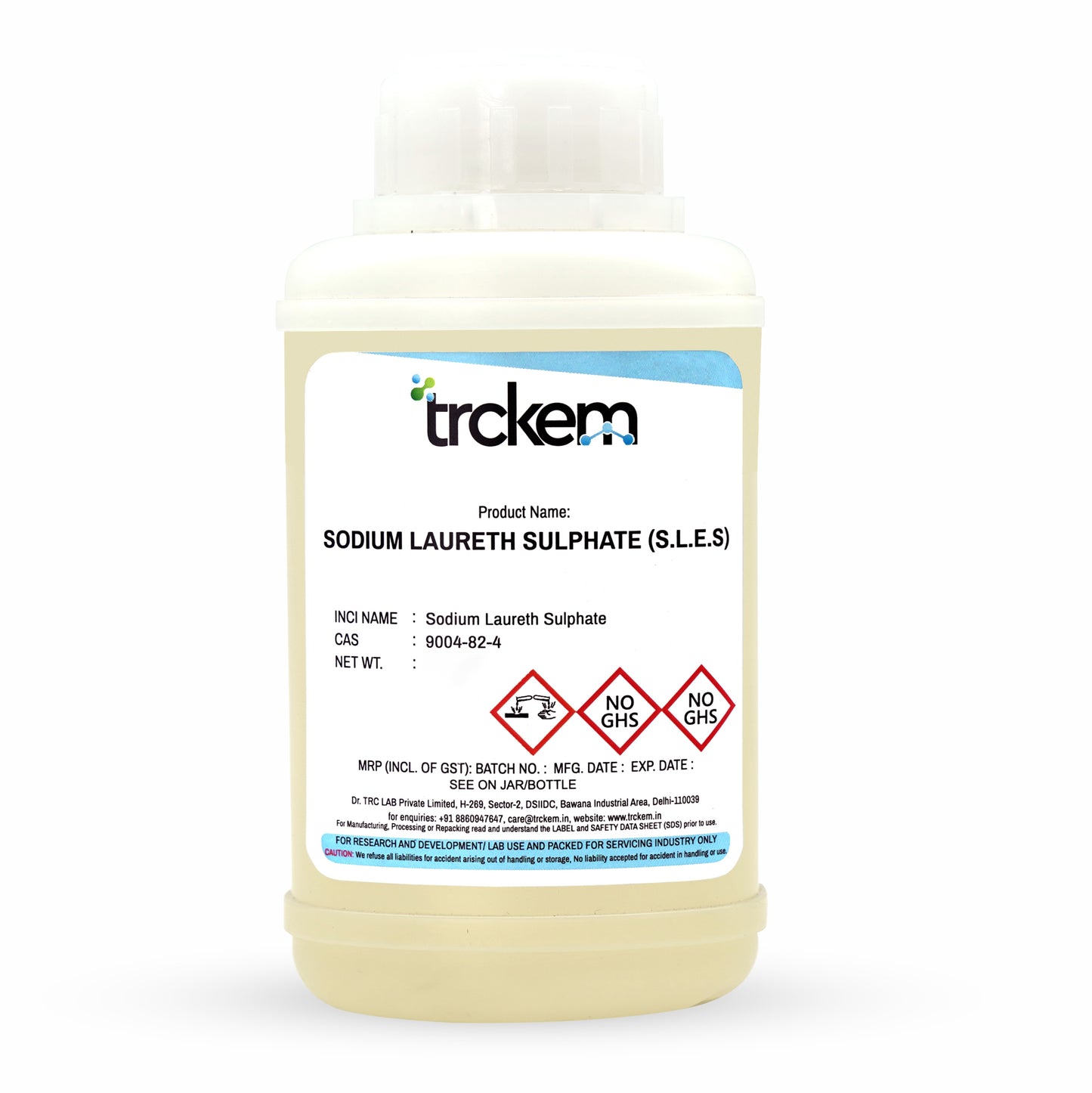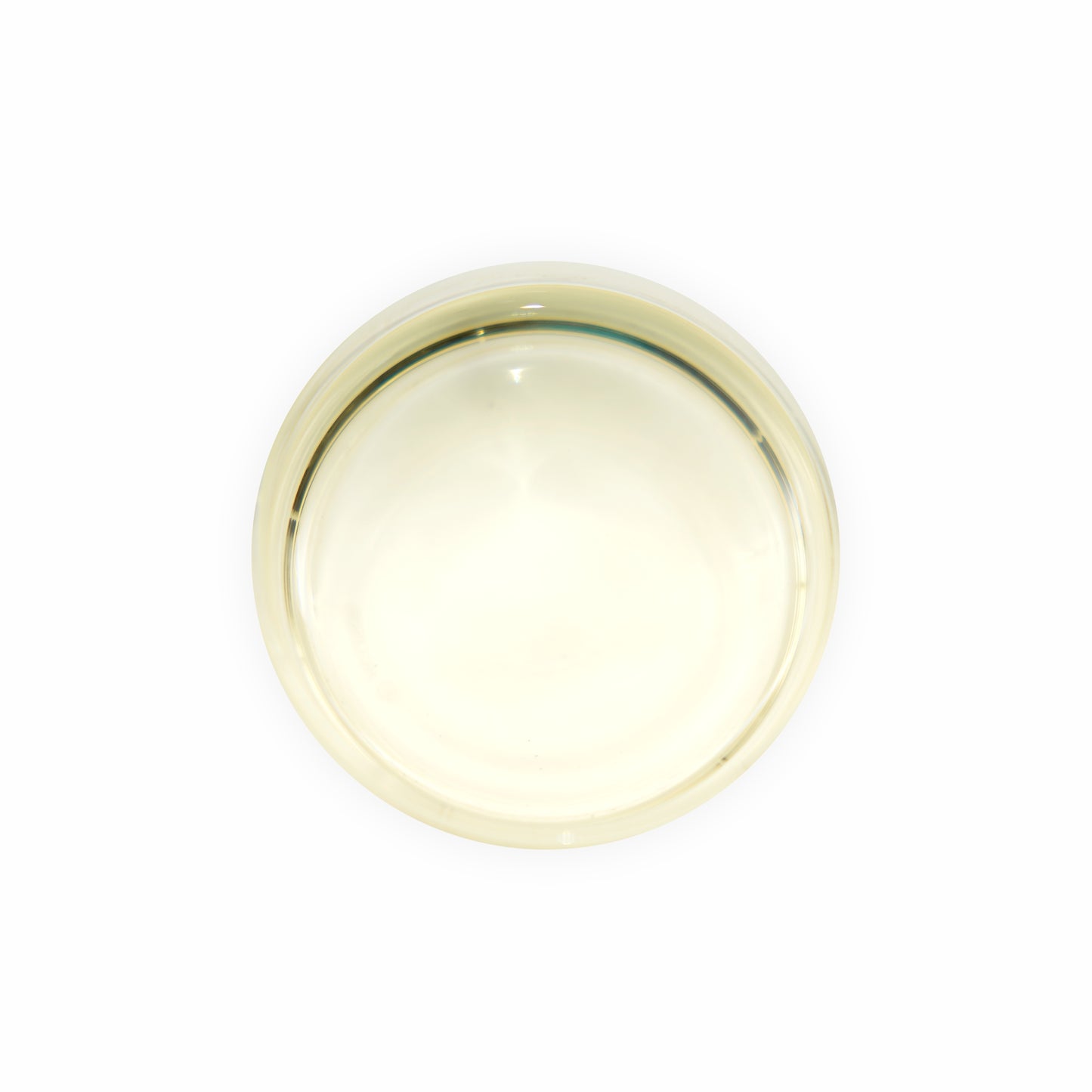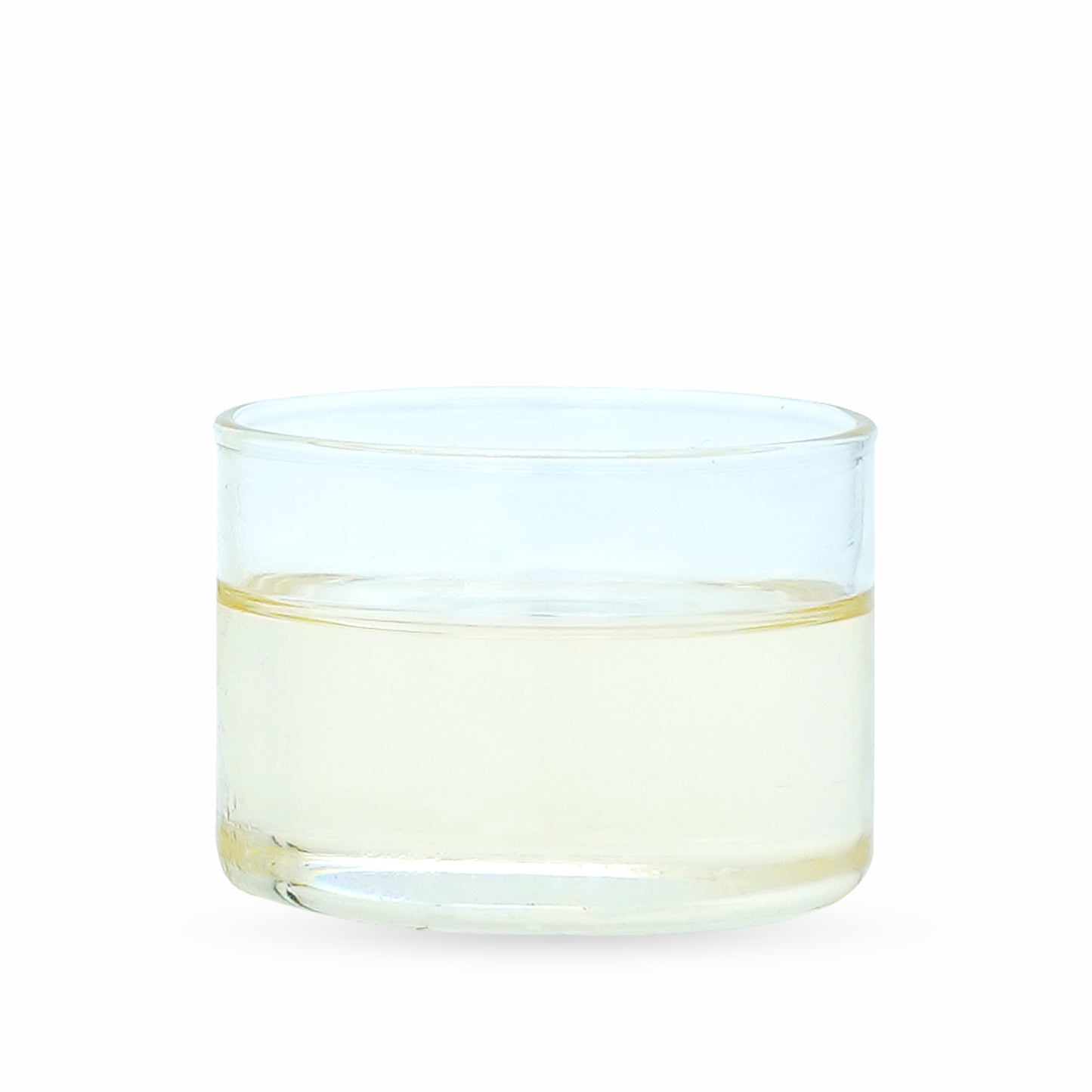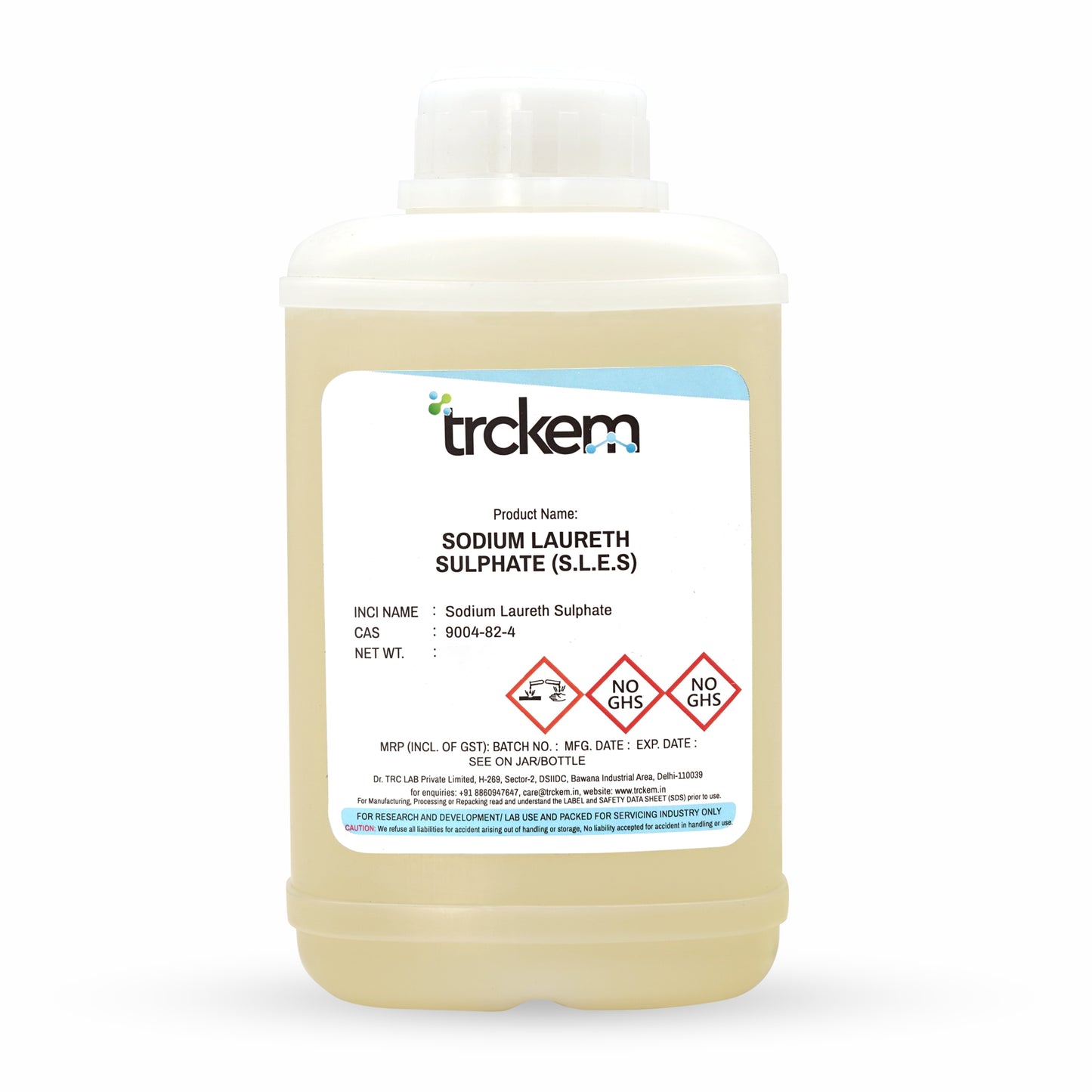




FAQ (Frequently Asked Questions)
1. What is Sodium Laureth Sulfate (SLES)?
Sodium Laureth Sulfate (SLES) is a surfactant commonly used in personal care and cosmetic products. It acts as a cleansing and foaming agent, helping to remove dirt, oil, and impurities from the skin and hair.
2. What is the CAS Number and INCI Name of Sodium Laureth Sulfate (SLES)?
- CAS Number: 9004-82-4
- INCI Name: Sodium Laureth Sulfate
3. What are the benefits of Sodium Laureth Sulfate (SLES) in personal care products?
SLES offers multiple benefits, including:
- Effective Cleansing: Removes dirt, oil, and product buildup from skin and hair.
- High Foaming Ability: Creates a rich, luxurious lather for a better cleansing experience.
- Solubilizing Agent: Helps other ingredients dissolve and mix evenly in formulations.
- Cost-Effective: Provides excellent performance at a low cost, making it widely used in commercial products.
4. In which personal care products is SLES commonly used?
SLES is found in:
- Haircare products: Shampoos, conditioners
- Skincare products: Body washes, facial cleansers
- Oral care products: Toothpaste, mouthwash
- Hand soaps and body washes
- Bath products: Bubble baths, shower gels
5. Is Sodium Laureth Sulfate (SLES) safe for skin and hair?
Yes, SLES is considered safe for use in personal care products. However, in high concentrations or with prolonged exposure, it may cause mild irritation in individuals with sensitive skin.
6. Does Sodium Laureth Sulfate (SLES) cause dryness?
SLES has strong cleansing properties, which can sometimes strip natural oils from the skin and hair. Many formulations include conditioning agents to balance this effect.
7. Is Sodium Laureth Sulfate (SLES) the same as Sodium Lauryl Sulfate (SLS)?
No, while both are surfactants, SLES is milder than Sodium Lauryl Sulfate (SLS). SLES undergoes an additional ethoxylation process, making it less likely to cause irritation.
8. Can SLES be used in sulfate-free formulations?
No, SLES is a sulfate-based surfactant. Sulfate-free formulations use alternative cleansing agents like Sodium Cocoyl Isethionate or Decyl Glucoside.
9. What is the shelf life of Sodium Laureth Sulfate (SLES)?
SLES typically has a shelf life of 2 to 3 years when stored under proper conditions.
10. How should Sodium Laureth Sulfate (SLES) be stored?
Store SLES in a cool, dry place, away from direct sunlight and moisture to maintain its stability and effectiveness.






